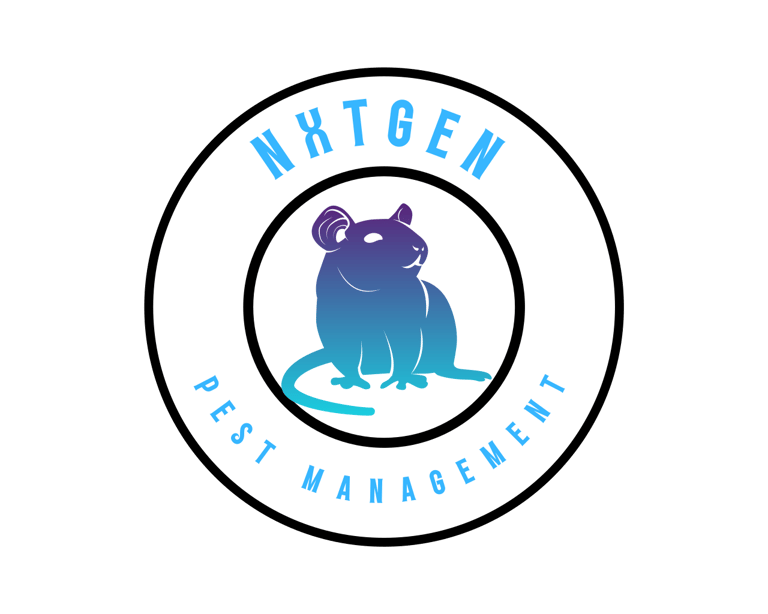Squirrel Droppings vs Rat Droppings – How to Identify Rodent Infestations
Spot the Signs – Is It Squirrel or Rat Droppings?
Finding rodent droppings in your home or business can be alarming, but identifying whether you have a squirrel or rat infestation is crucial for effective pest control. Both pests leave behind similar-looking droppings, but key differences can help you determine which pest is causing the problem.
At Nxtgen Pest Management, we specialize in professional rodent control services, offering expert solutions to eliminate rats, mice, and squirrels from your property.
👉 Book a Pest Inspection Today for a fast, professional assessment!
What Do Squirrel Droppings Look Like?
Key Characteristics of Squirrel Droppings:
✔ Size: Typically 8-12mm in length, slightly larger than rat droppings.
✔ Shape: Cylindrical with rounded ends, often slightly curved.
✔ Color: Fresh droppings appear dark brown but lighten to a reddish-brown or tan as they age.
✔ Texture: Firm when fresh but dries out over time.
Where You’ll Find Squirrel Droppings:
Lofts & Attics: Squirrels nest in roof spaces, leaving droppings in clustered piles.
Garages & Sheds: Often found along beams, insulation, and stored items.
Garden Areas & Bird Feeders: You may see droppings near trees, fences, or feeding stations.
👉 Learn More About Squirrel Pest Control
What Do Rat Droppings Look Like?
Key Characteristics of Rat Droppings:
✔ Size: Usually 6-9mm long, smaller and more uniform than squirrel droppings.
✔ Shape: Capsule-like with blunt ends, often compared to grains of rice.
✔ Color: Dark brown to black when fresh, turning grayish over time.
✔ Texture: Moist when fresh but dries and hardens over time.
Where You’ll Find Rat Droppings:
Kitchens & Pantries: Often found behind appliances and near food sources.
Lofts & Wall Cavities: Rats use hidden spaces for nesting.
Basements & Drains: Common in damp, dark areas with access to water.
Why It’s Important to Identify Rodent Droppings Correctly
Misidentifying squirrel vs rat droppings can lead to incorrect treatment and ongoing pest infestations. Here’s why getting it right matters:
1. Different Pest Control Approaches
🐿 Squirrels require humane exclusion methods, as they are protected wildlife in many areas.
🐀 Rats require full extermination and proofing to stop rapid infestations.
2. Health Risks & Property Damage
Rat droppings carry diseases such as leptospirosis and salmonella.
Squirrel droppings can contain parasites and attract secondary pests like beetles.
Both rodents chew through wires, insulation, and wood, causing serious property damage.
How to Get Rid of Squirrels & Rats from Your Property
✅ Rodent Proofing & Exclusion – We identify and seal all entry points to prevent re-infestation.
✅ Humane Squirrel Control – We safely remove and relocate squirrels while following legal guidelines.
✅ Rat Extermination – We use safe and effective baiting and trapping methods to eliminate infestations.
✅ Loft Cleaning & Decontamination – We remove droppings, sanitise affected areas, and restore hygiene.
